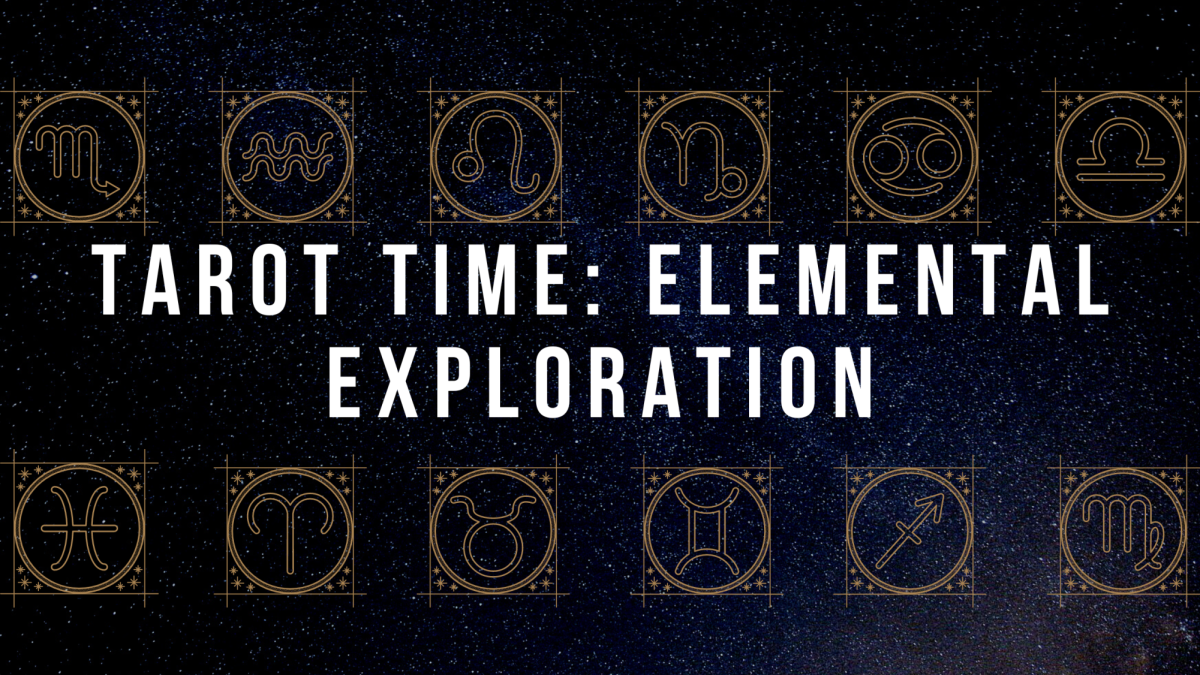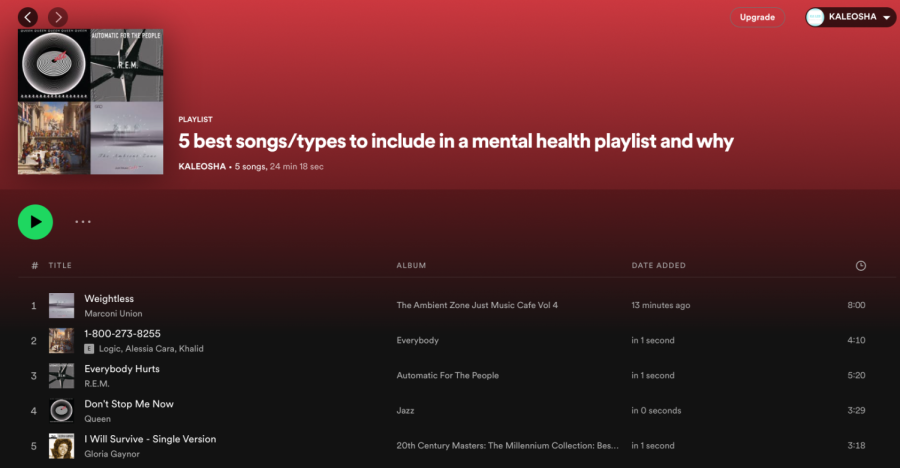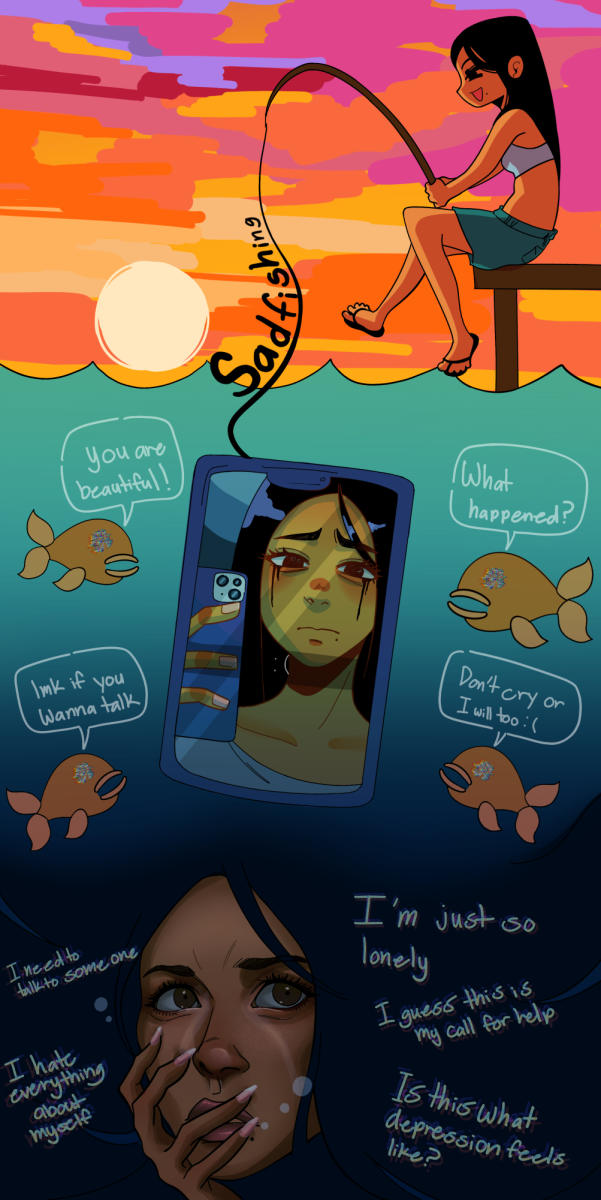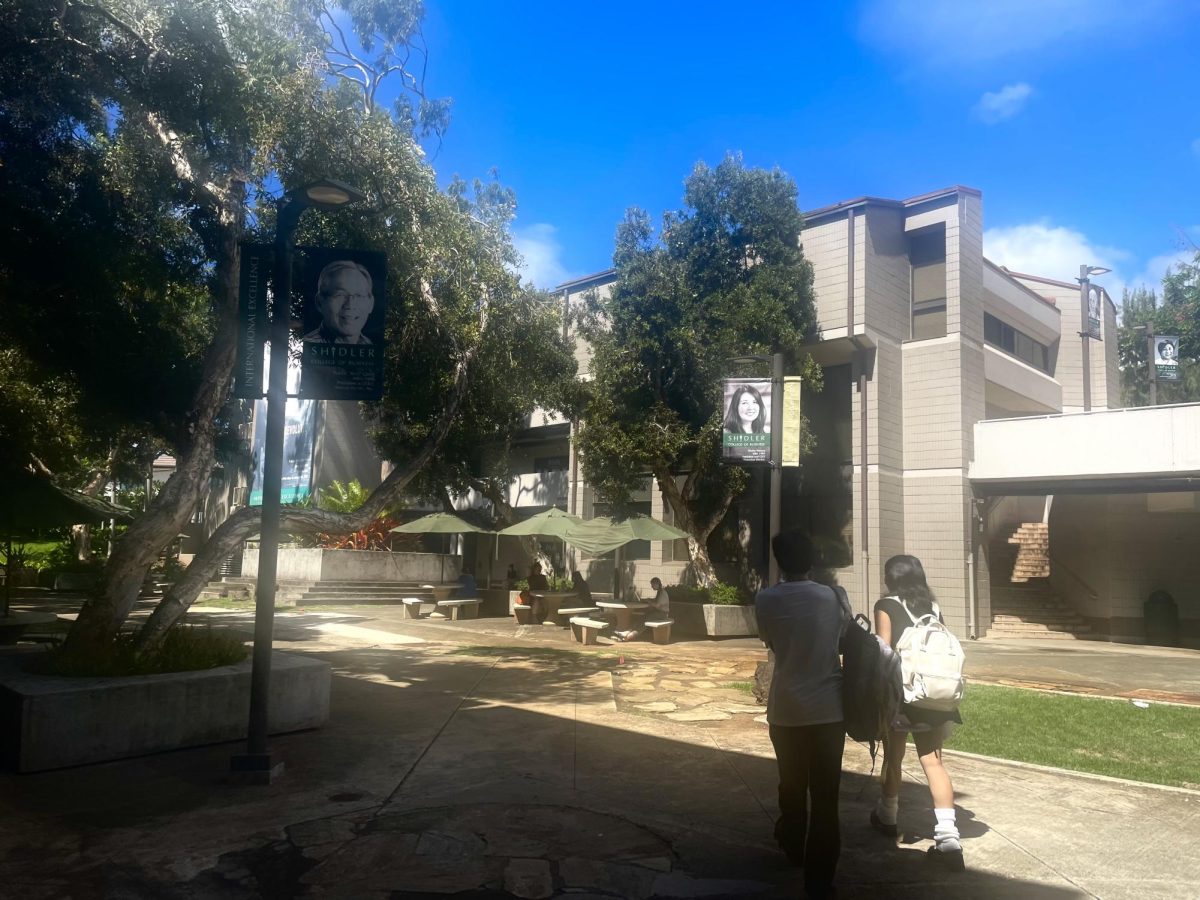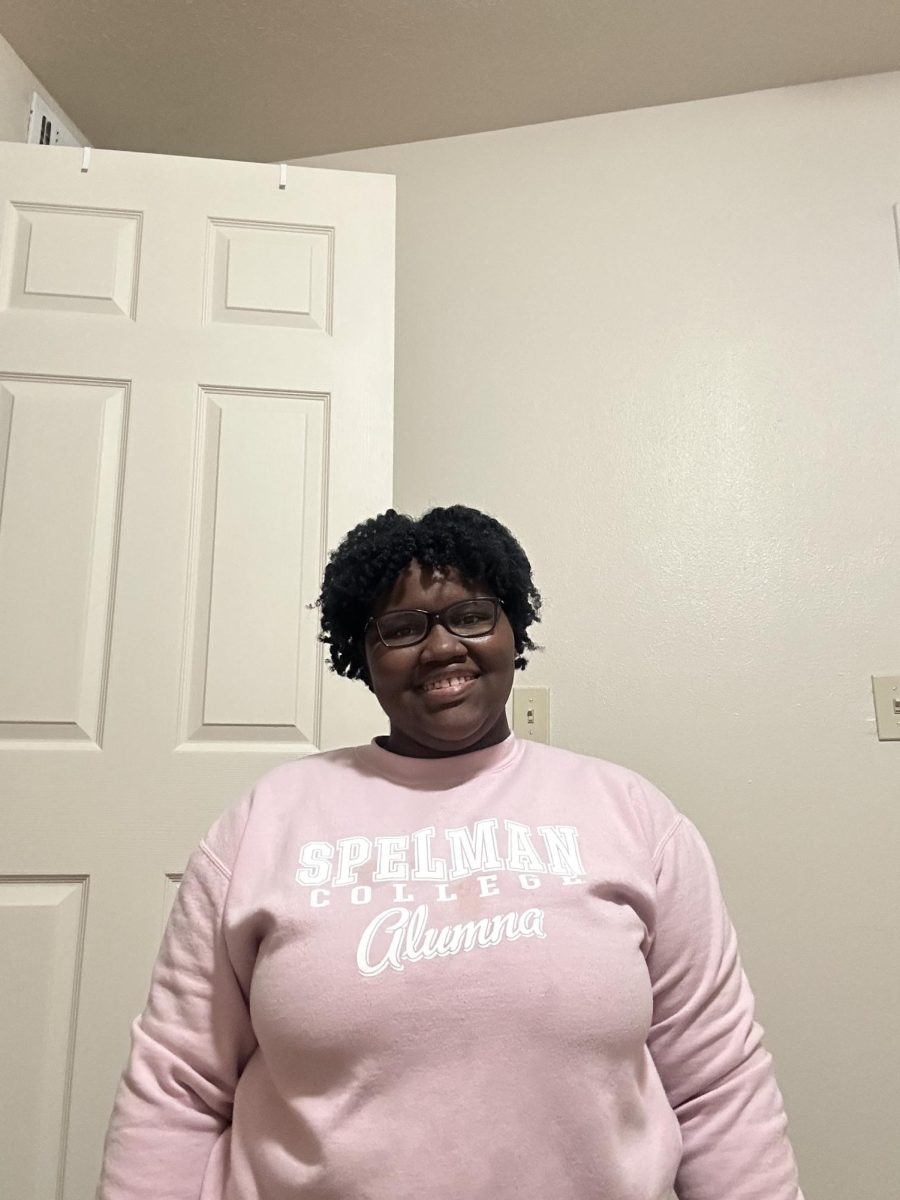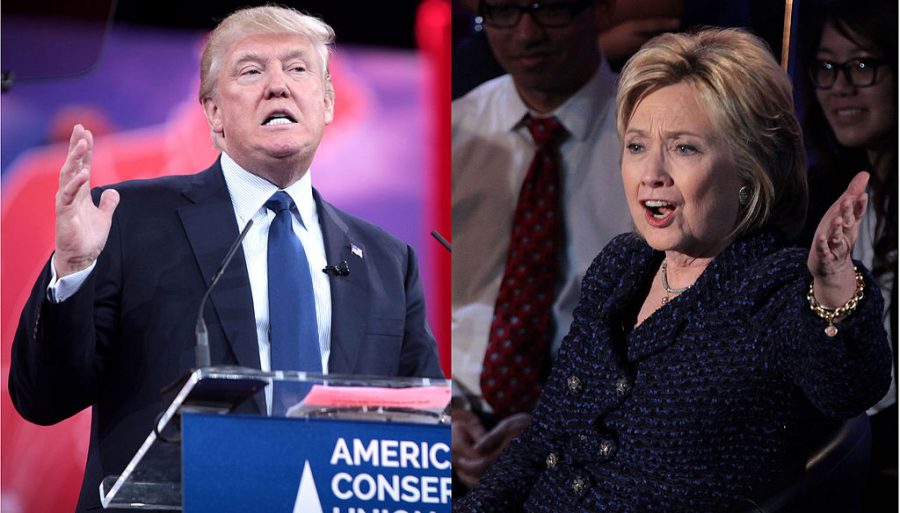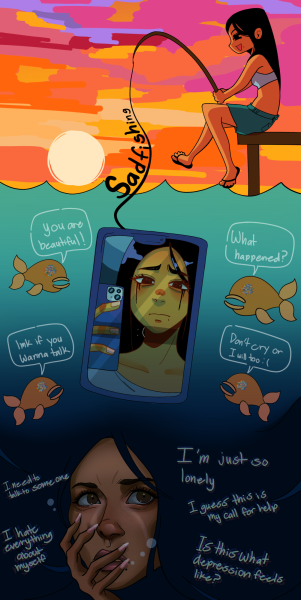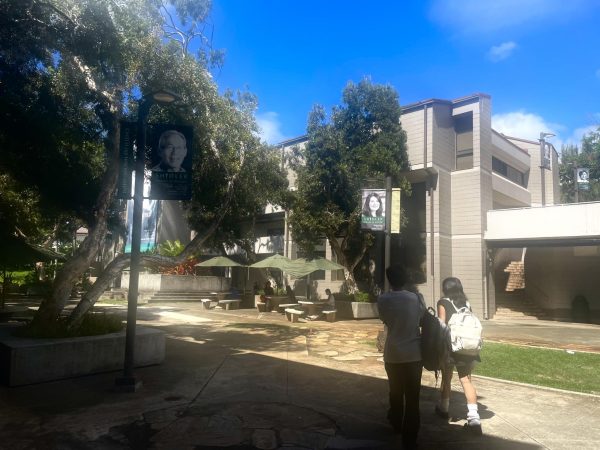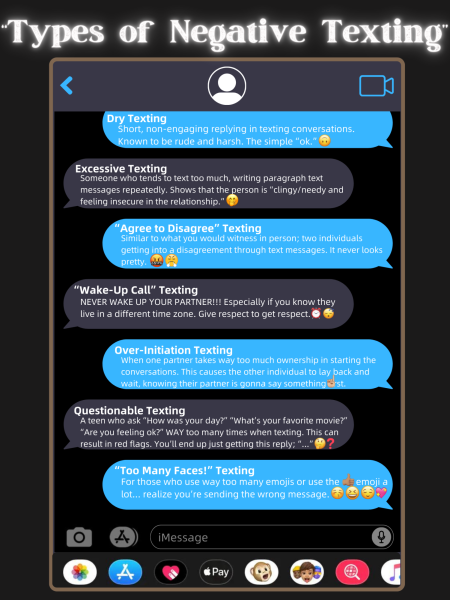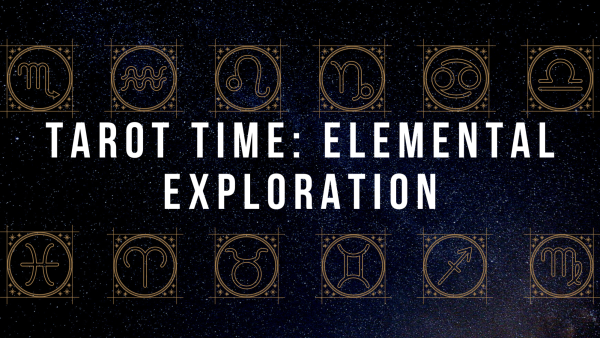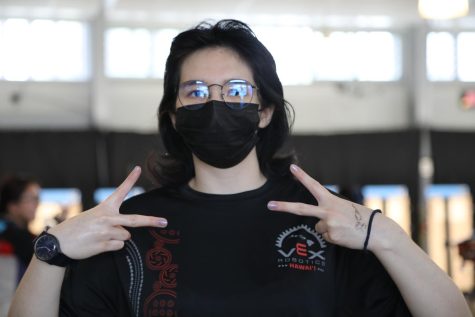Conservatives, liberals and moderates! Oh my!
Republican presidential candidate Donald Trump and Democratic presidential candidate Hillary Clinton had their first debate on Sept. 26—just weeks before the presidential election; an election surrounded by controversies, violence and just plain raucous.
But amidst all of this, where do you stand on the political spectrum?
Advanced Placement U.S. Government teacher Alexander Adkins believes that it is important for students to understand their ideology before they side with a political party or candidate.
“Political parties change ideologies all the time,” he said. “What’s more important to know is how (students) place on the political spectrum.”
When people are asked about their political opinion, they are either labeled as a leftist, a rightist or a centrist. This corresponds to one’s placement on the political spectrum, or a horizontal axis where one’s opinion on a certain issue is ranked. There are three major ideologies presented in the spectrum from left, middle to right: liberal, moderate and conservative.
Liberal
Liberals are at the left-wing of the spectrum. Currently, the Democratic party takes on a liberal ideology. The liberal perspective in American government is one that favors political and social reform. They look towards “what America could be,” if the nation progresses forward with a societal change. Liberals favor increased federal services, such as welfare, Medicare, student-loans and social security. They also focus on guaranteeing the rights of people and prefer government intervention in the economy, as well as protection of the environment. Liberals tend to support the military less.
An example of a liberal’s opinion in the consensus of American society would be towards gun control. The Second Amendment states, “A well regulated Militia, being necessary to the security of a free State, the right of the people to keep and bear Arms, shall not be infringed.”
Liberals believe that citizens do not have the right to keep and to bear arms per the Second Amendment. According to them, individuals do not need guns to protect themselves. The only individuals who should have guns are members of the law enforcement agencies, whose responsibility is to protect the people. Liberals also believe that gun control should be strictly enforced in order to limit the amount of guns landing in a criminal’s hands.
Conservative
Conservatives are at the right-wing of the spectrum. The Republican party currently embodies a conservative ideology. A conservative viewpoint in the American population is one that adheres to the idea of a smaller government. They think that government involvement in the economy should be limited.
Ultimately, conservatives believe that too much government involvement, especially at the national level, threatens citizens’ freedoms. Conservatives prefer that issues be handled at the state and community levels. Conservatives support a stronger military.
A conservative’s opinion on gun control is an example that opposingly contrasts a liberal’s. Conservatives believe that the Second Amendment does allow citizens the right to keep and bear arms; this is how individuals protect themselves.
There are already enough gun control laws as it is, according to conservatives, and the addition of more gun control laws will not change or prevent anything. Conservatives believe that guns in the hands of citizens ensure more protection and less crime.
Moderates
In the middle of the spectrum are moderates. It is plain to see that liberals and conservatives contradict each other and don’t agree on most, if not, all terms. However, the moderates ideology can be likened with one word: compromise.
Moderates believe that the two ends of the spectrum are too ideal; thus, their visions cannot be achieved because they both present such opposite ways of thinking. Moderates see both sides of complex issues and wish for members of the two ideologies to figure a way to compromise and reach a consensus.
Nonetheless, because moderates are able to see both ends of the spectrum, they are likely to bias liberals’ opinions over the conservatives’ on certain issues and vice versa. For example, when it comes to gun control, moderates tend to bias the liberals’ viewpoint of enforcing more gun control laws but also favor the conservative idea that people should have the right to bear arms. Moderates believe that more gun control laws should be enforced for the sake of safety, but enforcing these laws should eliminate the ownership of guns altogether.
The political spectrum can be difficult to understand at first; however, after careful research, students will be able to see how the political divide in the American government plays out.
Which political ideology do you align with? Does your ideology match a presidential candidate? Take this quiz and find out where you stand and what some of the current issues are.


Ashley Marie Lardizabal is a third-year Ka Leo reporter and a senior at the Academy. She is the webmaster of Ka Leo, co-captain of Lancer Robotics, as...











